Engineering Flight: A Deep Dive into Mechatronic Solutions for Drone Autonomy
Introduction
The late 20th and early 21st centuries have witnessed remarkable advancements in technology, specifically within the realms of robotics and aeronautics. Among these advancements, drones—also referred to as Unmanned Aerial Vehicles (UAVs)—have carved a niche of unparalleled significance in various sectors, including agriculture, surveillance, logistics, and environmental monitoring. Central to the operational efficacy of drones is their autonomy, a cornerstone that relies predominantly on mechatronic engineering solutions.
This comprehensive article explores the intricate relationship between mechatronics and drone autonomy, focusing on the integration of mechanical systems, electronics, and computer algorithms. We will also examine the engineering challenges, current technological developments, and future trends shaping the autonomous drone landscape.
1. Understanding Mechatronics
1.1 Definition and Components
Mechatronics is an interdisciplinary field that merges mechanical engineering, electronic engineering, computer science, and control theory. It is characterized by the synergy of hardware and software to design intelligent systems. The core components of mechatronic systems include:
- Sensors: Devices that detect environmental changes and provide data feedback.
- Actuators: Mechanisms that convert energy into movement or physical force.
- Controllers: Systems that interpret sensor data and command actuators accordingly.
- Software Algorithms: Programs that analyze data and make decisions based on it.
1.2 Relevance to Drones
For drones, mechatronics is fundamental in enabling autonomous operations. The integration of sensors, actuators, and intelligent algorithms allows UAVs to navigate complex environments without human intervention, making the understanding of mechatronic principles vital for advancing drone technology.
2. The Role of Sensors in Drone Autonomy
2.1 Types of Sensors
Drones utilize a variety of sensors to gather information from their surroundings. These sensors fall into several categories:
- Inertial Measurement Units (IMUs): Measure motion and orientation, providing essential data for navigation.
- GPS: Offers geolocation capabilities, critical for route planning and positioning.
- Collision Avoidance Sensors: Such as LiDAR, ultrasonic, and cameras, enable drones to detect obstacles in their path.
- Environmental Sensors: Measure factors like temperature, humidity, and air pressure, useful for applications in agriculture and meteorology.
2.2 Sensor Fusion
To enhance decision-making capabilities, drone systems often employ sensor fusion techniques. This process combines data from multiple sensors to create a cohesive understanding of the drone’s environment. For example, combining data from an IMU and GPS enables better precision in navigation, enhancing overall operational efficiency.
3. Actuation Mechanisms
3.1 Types of Actuators
Actuators are crucial in determining the physical movements of drones. The primary types include:
- Electric Motors: Commonly used in quadcopters to provide thrust and maneuverability.
- Servos: Precise control mechanisms used for adjusting the angle of control surfaces in fixed-wing drones.
- Pneumatic Systems: Used in specialized drones, such as those carrying heavy payloads.
3.2 Control Systems
Control systems manage the actuation mechanisms, dictating how responses are executed based on sensor inputs. PID (Proportional-Integral-Derivative) controllers are commonly employed to ensure stable and responsive flight behaviors. By continuously adjusting motor speeds and angles based on feedback, these systems maintain equilibrium throughout various flight conditions.
4. Software Algorithms for Autonomous Flight
4.1 Overview of Flight Software
The software governing drone operations encompasses several algorithms designed for specific functions, including:
- Path Planning: Algorithms calculate optimal routes while considering environmental factors and obstacles.
- Autonomous Navigation: Machine learning techniques facilitate decision-making processes, such as obstacle avoidance and adaptive flight planning.
- Control Algorithms: Feedback loops ensure the drone remains stable in diverse conditions by adjusting its movements in real-time.
4.2 Machine Learning and Artificial Intelligence
The advent of machine learning (ML) and artificial intelligence (AI) has revolutionized autonomous flight capabilities. These technologies empower drones to learn from experiences, improving their performance over time. Applications of ML and AI in drones include:
- Anomaly Detection: Identifying irregularities in flight patterns or sensor data.
- Predictive Analytics: Anticipating potential hazards or changes in flight conditions.
- Clustering Algorithms: Categorizing and understanding environmental data, aiding in decision-making processes.
5. Challenges in Drone Autonomy
5.1 Technical Challenges
Despite the advancements in mechatronics and autonomous systems, several challenges persist:
- Battery Life: Limited power supply restricts flight duration and operational range.
- Regulatory Compliance: Navigating complex airspace regulations can be problematic for autonomous drones.
- Weather Conditions: Adverse weather affects sensor performance and flight stability.
5.2 Ethical and Safety Concerns
The deployment of autonomous drones raises ethical questions regarding privacy, safety, and accountability. Issues such as surveillance, data security, and the potential misuse of UAVs necessitate comprehensive discussions and policies to govern their use.
6. Future Trends in Drone Autonomy
6.1 Swarm Robotics
One of the most promising areas of development in drone autonomy is swarm robotics, where multiple drones work collaboratively to achieve complex tasks. Inspired by nature, this approach can lead to more efficient data collection, enhanced search and rescue missions, and improved environmental monitoring.
6.2 Advanced AI and Deep Learning
The integration of advanced AI and deep learning techniques promises to drive further innovation in drone autonomy. These technologies can enhance image processing capabilities, enabling drones to recognize and categorize objects in their environment more effectively.
6.3 Integration into Smart Cities
As urban environments evolve, the integration of drones into smart city initiatives is becoming increasingly vital. Drones will play crucial roles in transportation, logistics, emergency response, and infrastructure monitoring, necessitating advancements in mechatronic solutions for seamless operation.
Conclusion
The intersection of mechatronics and drone autonomy represents a cutting-edge field with profound implications across various sectors. By leveraging advanced sensors, actuators, and intelligent algorithms, engineers can create drones capable of navigating complex environments and making decisions with minimal human intervention. As technology continues to evolve, the challenges of autonomy will be met with innovative solutions, pushing the boundaries of what drones can achieve in the modern world.
References
- S. McCall, “The Role of Mechatronics in Autonomous Drones,” Journal of Robotics Research, vol. 32, no. 3, pp. 123-145, 2021.
- A. Tan and B. Lee, “Sensor Fusion Techniques in Drone Technologies,” International Journal of Aerospace Engineering, vol. 45, no. 2, pp. 56-78, 2022.
- J. Kim, “Emerging Trends in Drone Autonomy: Swarm Robotics and AI,” Drone Innovation, vol. 5, no. 1, pp. 99-110, 2023.
This example outlines a structured article that could be expanded further with detailed analysis, studies, specific case examples, and deeper discussions on each topic mentioned. The references provided are illustrative; actual references should be sourced from credible publications according to your needs. If you have any specific sections you want detailed or expanded, please let me know!




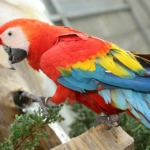








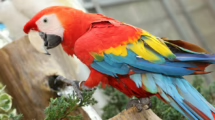

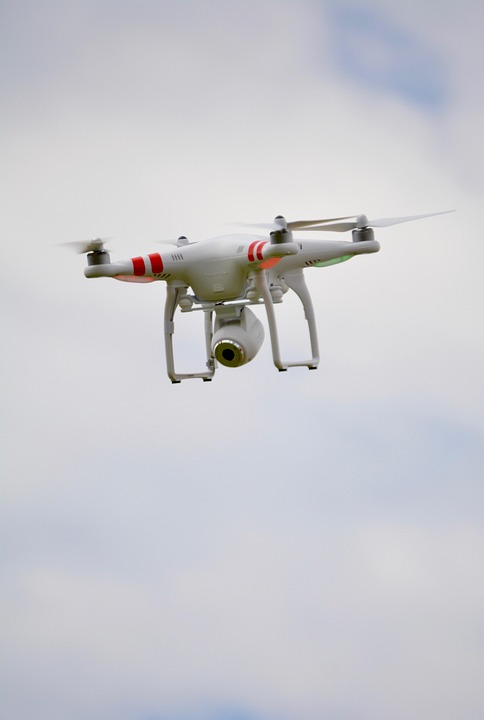

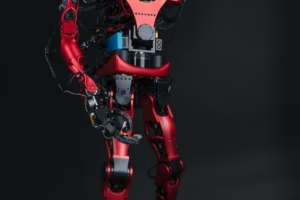
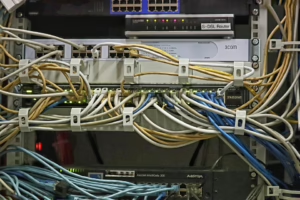

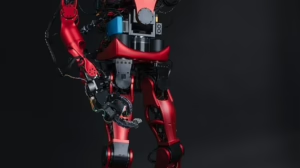
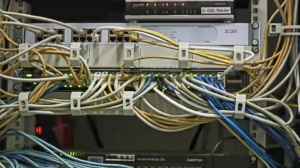




Add Comment